Canker Management After Pruning/Hedging: Spray Now or Pay Later.
A chronic disease like Cytospora canker is a leading killer of prune orchards. Practices that promote its spread start early in life, and spray timing is key.
Your source for orchard news & information in the Sacramento Valley


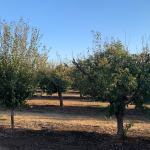
A chronic disease like Cytospora canker is a leading killer of prune orchards. Practices that promote its spread start early in life, and spray timing is key.
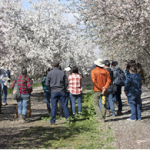
A new website features brand new cover cropping information resources and a searchable Expert Grower database for cover cropping practices in California orchards and vineyards. These resources provide detailed information on practical strategies for implementing cover crops and addressing common challenges. Continue reading
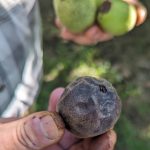
Nut samples were collected by UCCE advisors and analyzed and confirmed for BAN (brown apical necrosis) and walnut blight. If you observed BAN or walnut blight symptoms in your orchards this year, be aware that inoculum can remain for next year. BAN can lead to mold and reduce nut quality and yield, and walnut blight can reduce yield as infected nuts prematurely abort. Continue reading
Establishing a new walnut orchard is a long-term investment that requires detailed planning to enable 35 to 40 years of bountiful and sustainable production. RLN is estimated to be present in 85% of California walnut orchard soils. Read to learn more. Continue reading
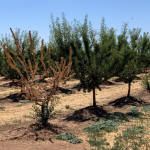
Bacterial canker/blast infections are most damaging, and potentially lethal, in stressed trees. Currently, there are limited control options for bacterial canker/blast in almonds. Read about factors influencing management practices and decisions. Continue reading
Times change. Weather changes. Manage navel orangeworm accordingly. Continue reading
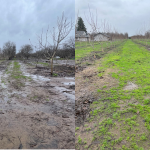
With weather forecasts for the upcoming winter months leaning heavily toward another wet and cold winter, the weeks immediately following harvest present the best time of the year to plant cover crops to reap their various benefits in the months ahead. Should El Niño bring heavy rainfall back to the region, any on-farm water capture that can be done should be done to keep as much water locally banked as possible. Continue reading
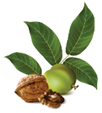
A ten-acre Butte County Walnut Variety Trial was planted at the Chico State Farm in May of this year through a collaboration between Chico State, UC Davis Walnut Improvement Program, and UC Cooperative Extension. This variety trial aims to identify new varieties that will perform exceptionally well in this region and will share its progress over the years. Continue reading
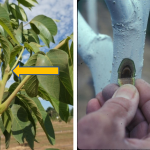
Damage can occur with sudden autumn freeze, before trees go into dormancy. With sudden autumn freeze occurring in three of the last five years, preparations for these freeze events need to be a regular part of every walnut grower’s summer and fall orchard operations. Continue reading
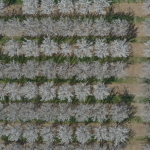
With funding provided by the Almond Board of California, through assessments paid by almond growers, the University of California has conducted regional field trials in the major almond growing areas of the Central Valley for over 50 years. Read more for an update on Regional Almond Variety Trials Continue reading
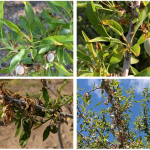
Blast is a challenging disease to control, given the limited number of available tools. This year, symptoms were common even in orchards which had received one or more copper dormant sprays (copper-resistant Pseudomonas populations are common throughout the state). Continue reading
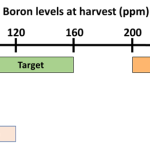
Almonds have a strange relationship with boron. With its effects on both yield and tree health, dialing in the boron levels in your orchard is well worth some attention. Continue reading
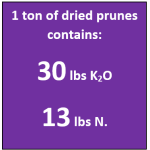
Don’t sleep on K for your orchard(s). It could cost you! Continue reading

With high fruit sets and good growing conditions in 2023, maximize grower income by focusing on harvest timing and field sizing. The keys to a timely harvest are 1) get the largest, high-quality fruit to the dryer and 2) field sort to keep small, low value fruit out of the bins. Continue reading
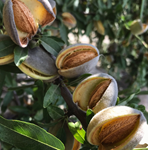
Hullsplit timing varies among tree water status, varieties, geographic regions, and weather conditions. Understanding NOW activity and hullsplit status is vital for timely insecticide applications. Research and field experience tell us that spraying earlier, rather than later, is the most effective strategy for reducing NOW damage. Continue reading